Take a trip to Arida City in Wakayama Prefecture, Japan, and you’ll find a unique and comforting dish called Taccho Honeku Don. In this article, we’ll explore what makes this rice bowl so special, from its ingredients and preparation to its local roots and growing popularity. This dish doesn’t just taste great—it also tells a story about the people and pride of Arida.
What is Taccho Honeku Don?

Taccho Honeku Don is a kind of donburi, or Japanese rice bowl, and its star ingredient is “honeku.” This word refers to the bones of hairtail fish—parts that people usually throw away. But in Arida City, locals turned these bones into something tasty.
Arida City catches more hairtail (called tachiuo in Japanese) than anywhere else in Japan. So, it makes sense that hairtail plays a big role in their local food. Instead of wasting the bones, people there found a way to cook them into a delicious topping for rice.
How They Make It and What It Tastes Like

Cooks first clean and prepare the fish bones, then coat them lightly before deep-frying them into tempura. This process makes the bones crisp on the outside and soft enough to eat safely. After frying, they place the tempura on top of hot steamed rice and pour a rich, savory sauce over it.
The result is a warm, hearty meal with a balance of textures—crunchy, soft, and satisfying. Some places also serve it with a side of sesame oil. A small splash adds a nutty flavor that gives the dish a different, slightly Chinese-style taste. This way, you get to enjoy two kinds of flavor in one bowl.
Besides tasting great, Taccho Honeku Don is filling and nutritious. It offers a smart way to enjoy a full, healthy meal while making the most of local ingredients.
The Story Behind the Dish

The idea of eating “honeku” has deep roots in Arida’s food culture. People in the area have treated it as a kind of “soul food” for generations. Locals created Taccho Honeku Don to both celebrate their local fish and share it with younger generations and visitors. They hoped this dish would help bring attention—and people—back to their city.
One of the dish’s key ingredients is “Kiwami Shoyu” (極醤油), a special soy sauce made by Kaneshin Norioka Shoyu Jozo, Arida’s only soy sauce maker since 1907. This local soy sauce adds an extra depth of flavor and makes the dish even more tied to the region’s identity.
Where can you eat Taccho Honeku Don?
Shinmachi (しんまち)

Shinmachi’s Tacho Honeku Donburi has a proven track record, having won the gold award at the National Donburi Grand Prix for three consecutive years. This restaurant serves Taccho Honeku Don as a donburi (rice bowl). They carefully deboned the hairtail fish, often grilled or lightly fried, and then seasoned with a savory sauce (typically soy-sauce-based).
Conclusion
Taccho Honeku Don isn’t just a tasty meal—it’s a symbol of local pride and smart cooking. People in Arida turned a simple, often unused part of a fish into a dish that’s both flavorful and meaningful. Eating it gives you more than just a good bite—it connects you to the heart of Wakayama’s coastal culture.
If you enjoy Japanese rice bowls, you might also like trying Katsu Don (pork cutlet and egg), Oyakodon (chicken and egg), or Gyudon (beef and onion). Each has its own story and flavor—but Taccho Honeku Don stands out for turning bones into something truly special.
Tatcho Honeku Don FAQ
- What is Tatcho Honeku Don?
It is a local specialty rice bowl from Tanabe City, Wakayama Prefecture, topped with fried patties made from minced horse mackerel called honeku.
- What does “honeku” mean?
Honeku refers to the fish meat scraped from around the bones and then minced. It originated as a way to use every part of the fish without waste.
- What does it taste like?
The outside is crispy, while the inside is fluffy and juicy, full of the natural umami flavor of horse mackerel.
- Where can I eat it?
It is mainly served at restaurants in Tanabe City, Wakayama, and sometimes at local food festivals.
- Can I make it at home?
Yes. By making patties from minced horse mackerel (honeku), frying them, and serving over rice, you can recreate the dish at home.

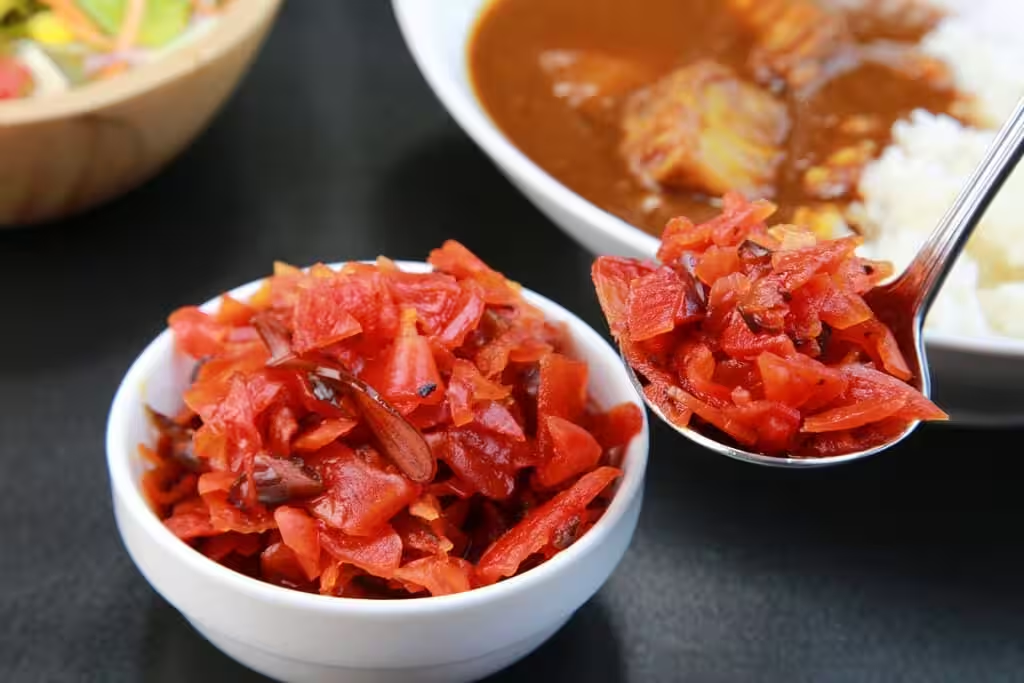
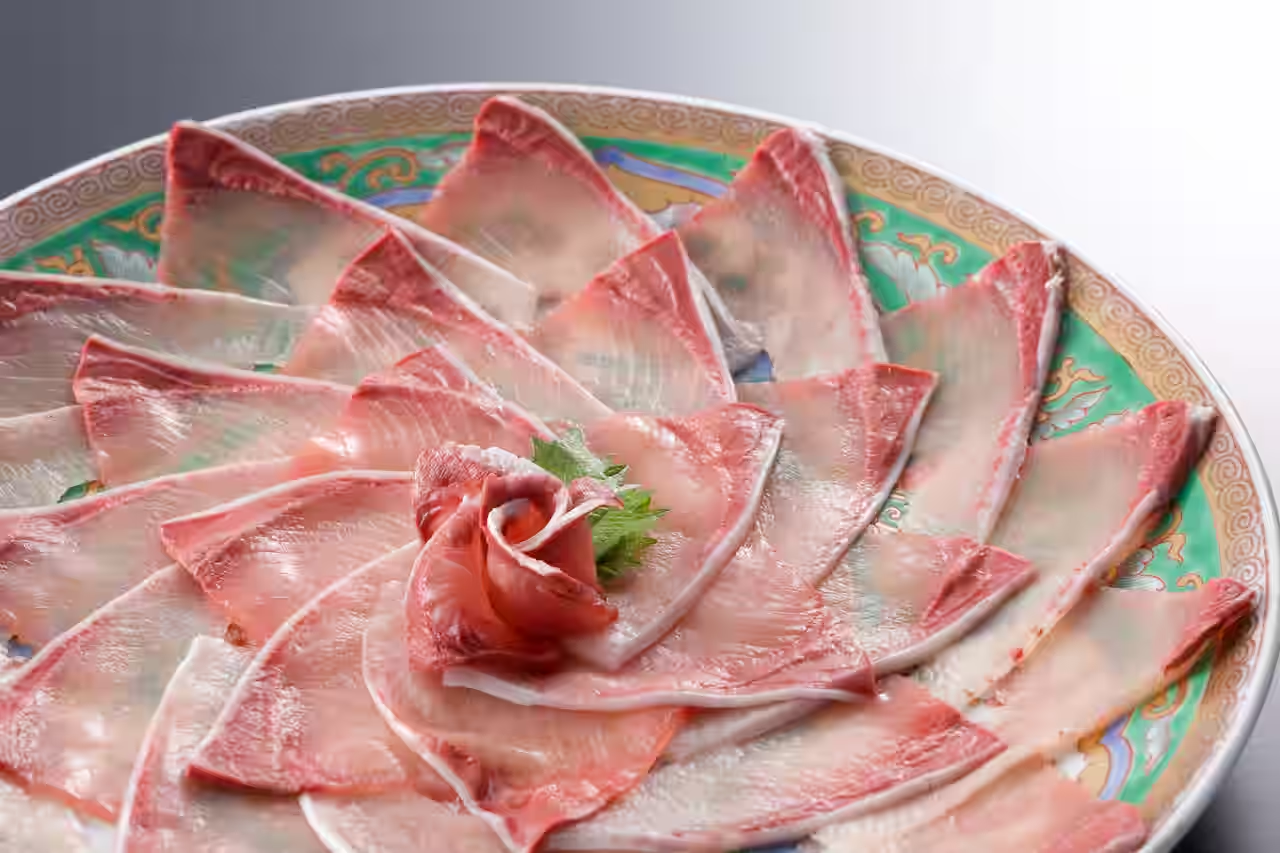
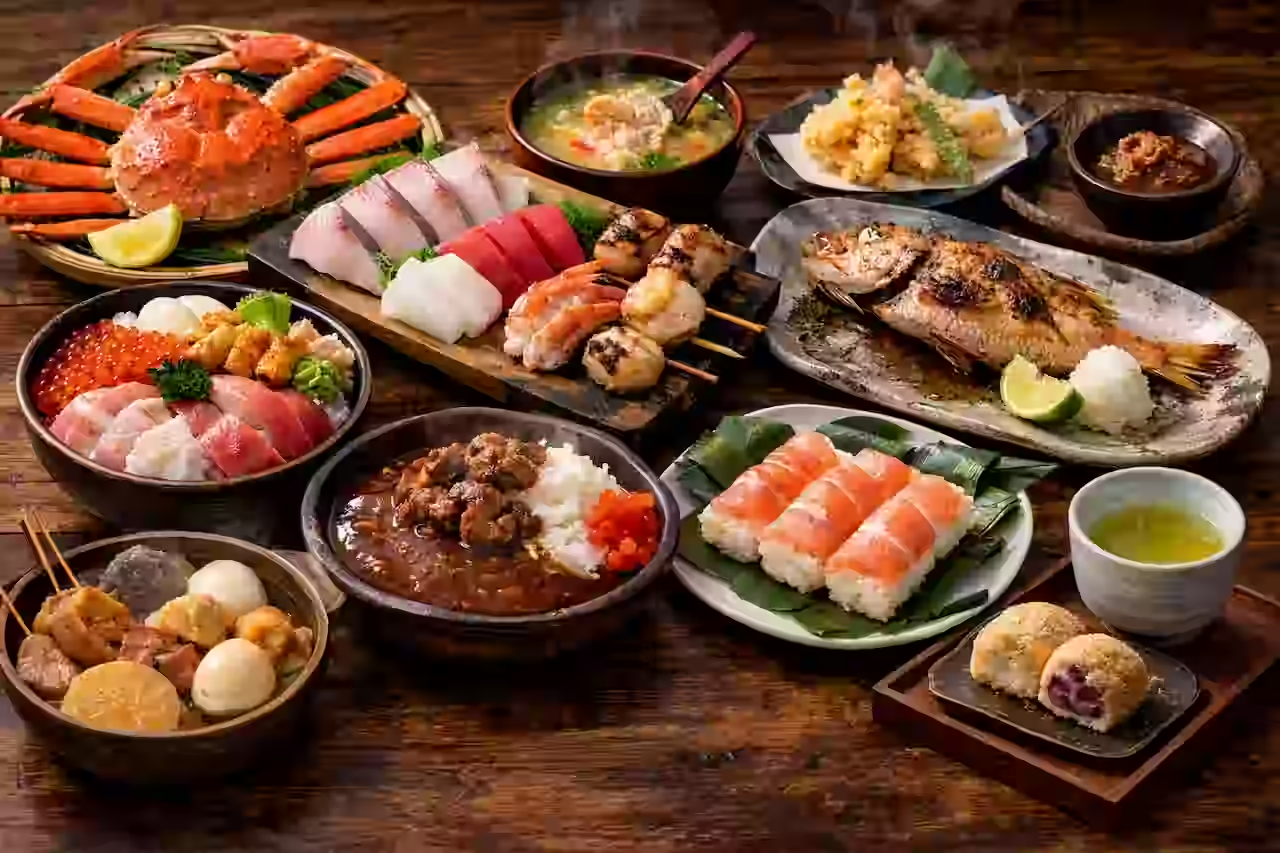
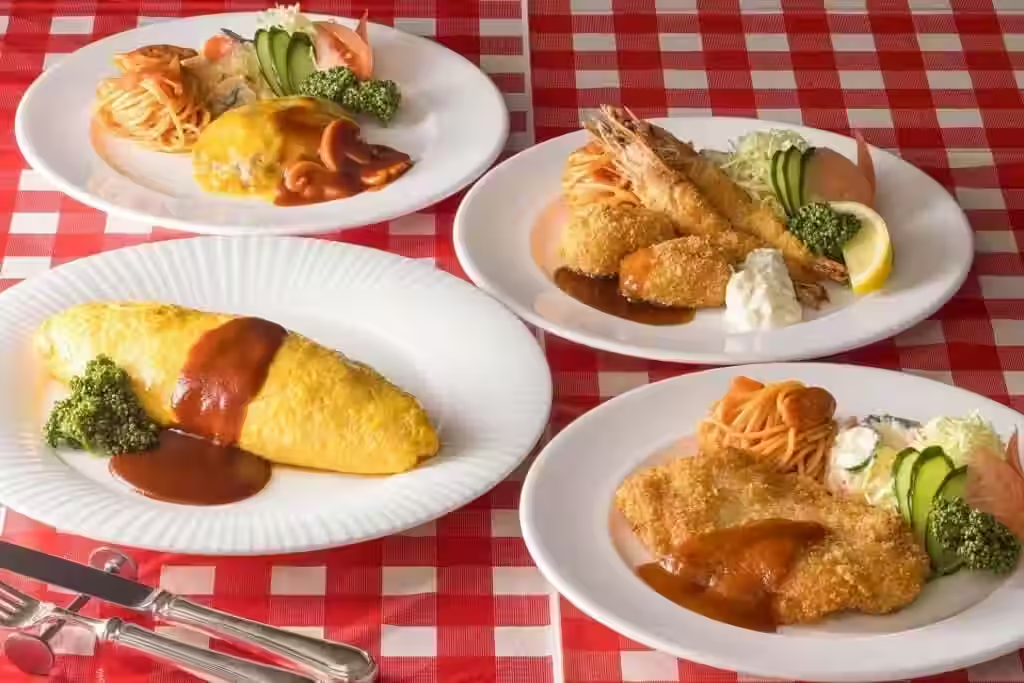


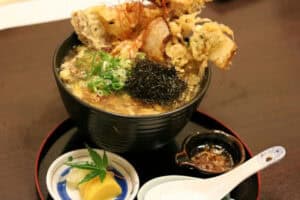
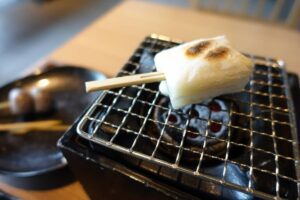
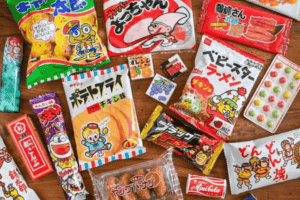
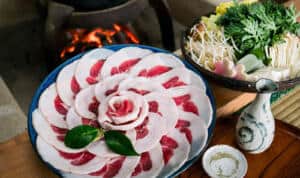

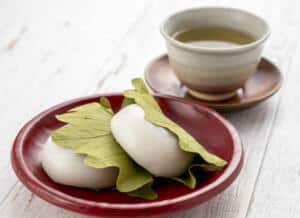
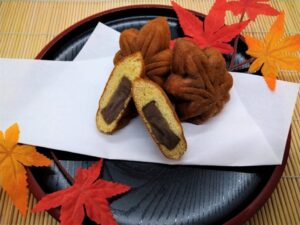
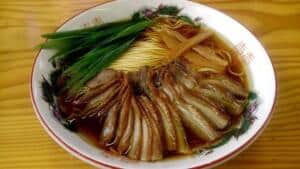
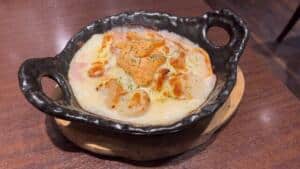
Comments